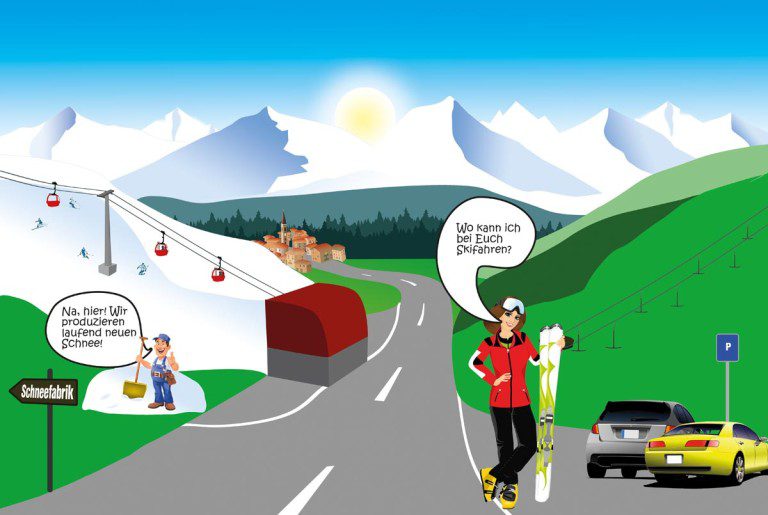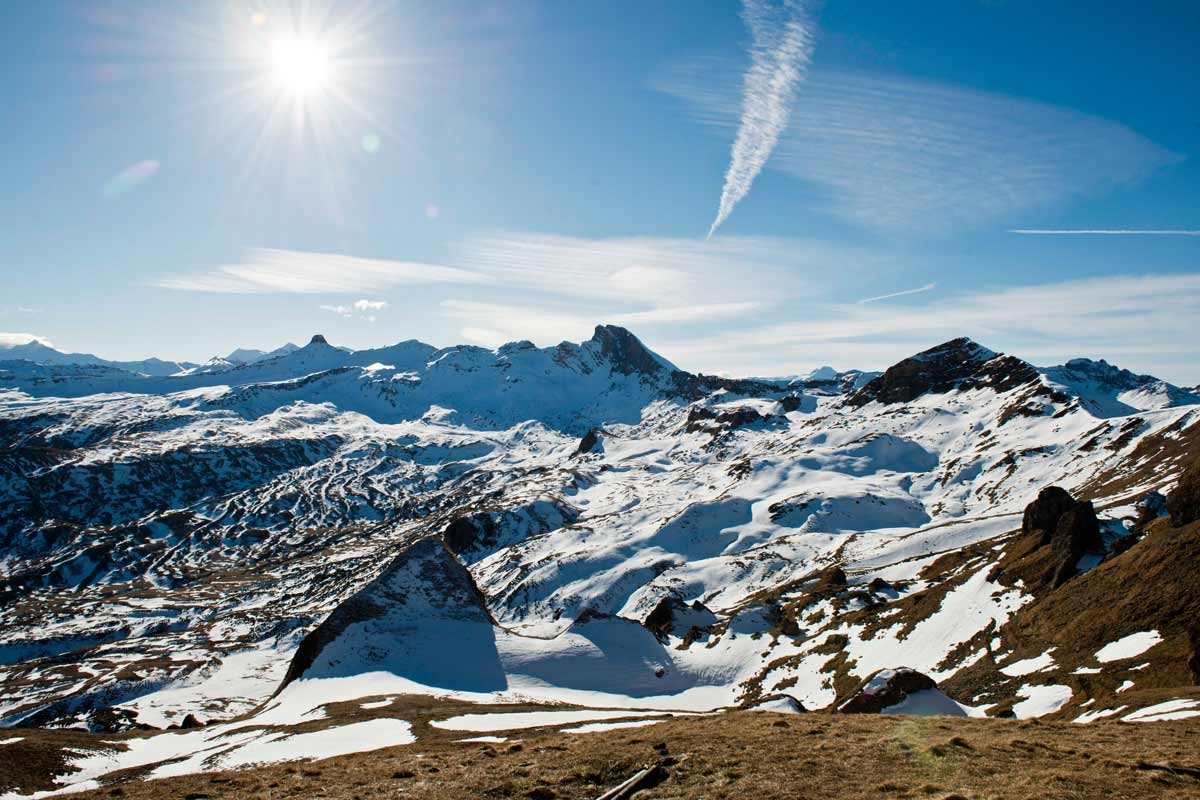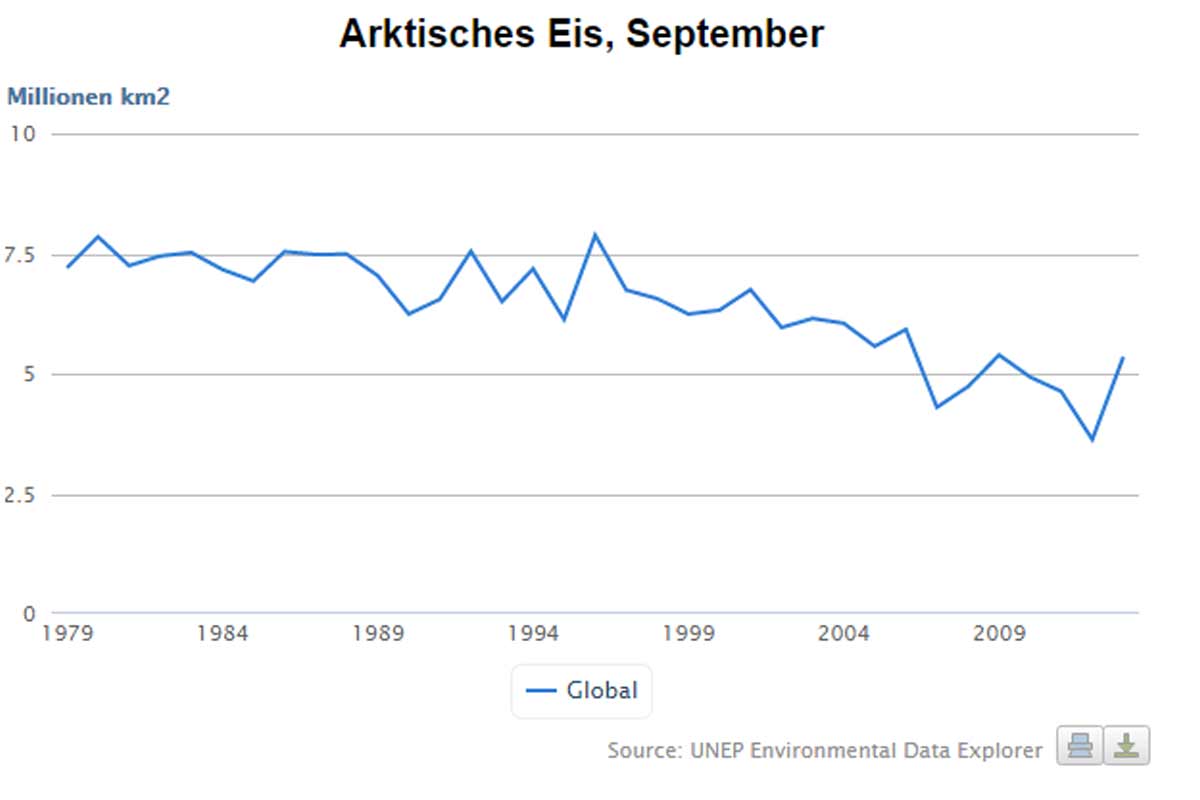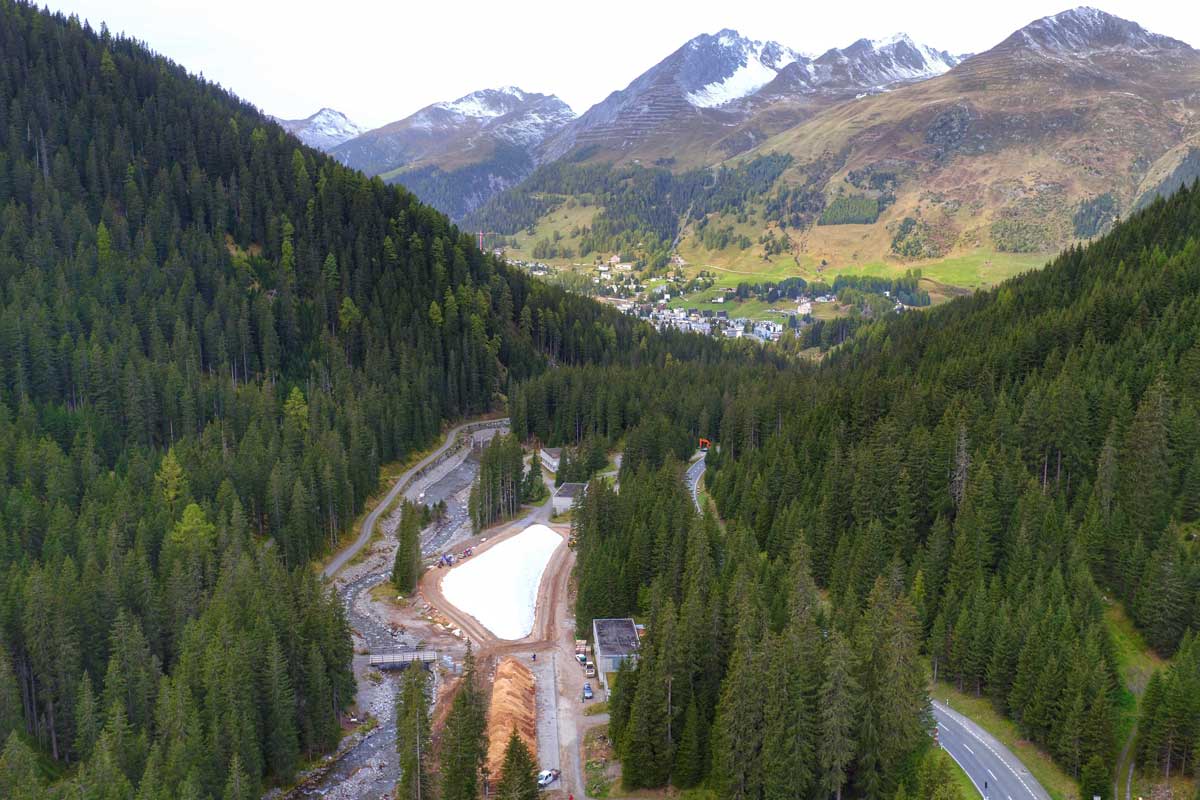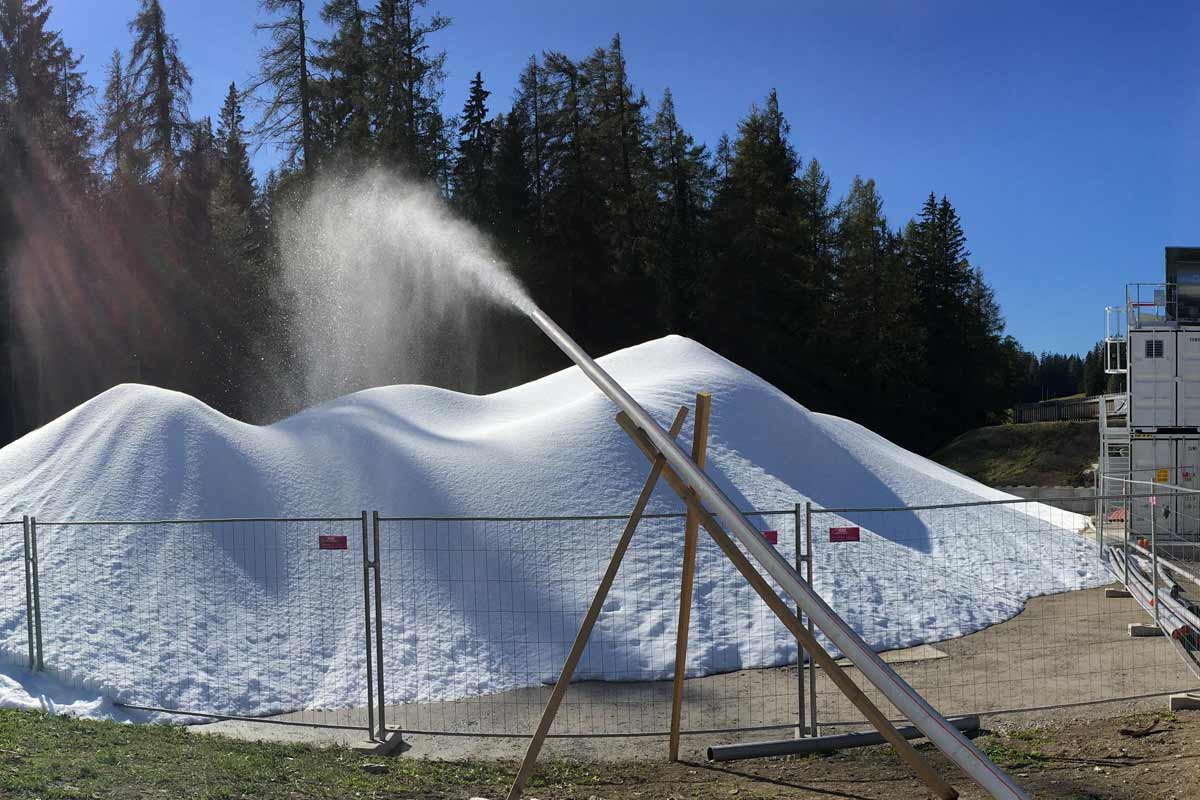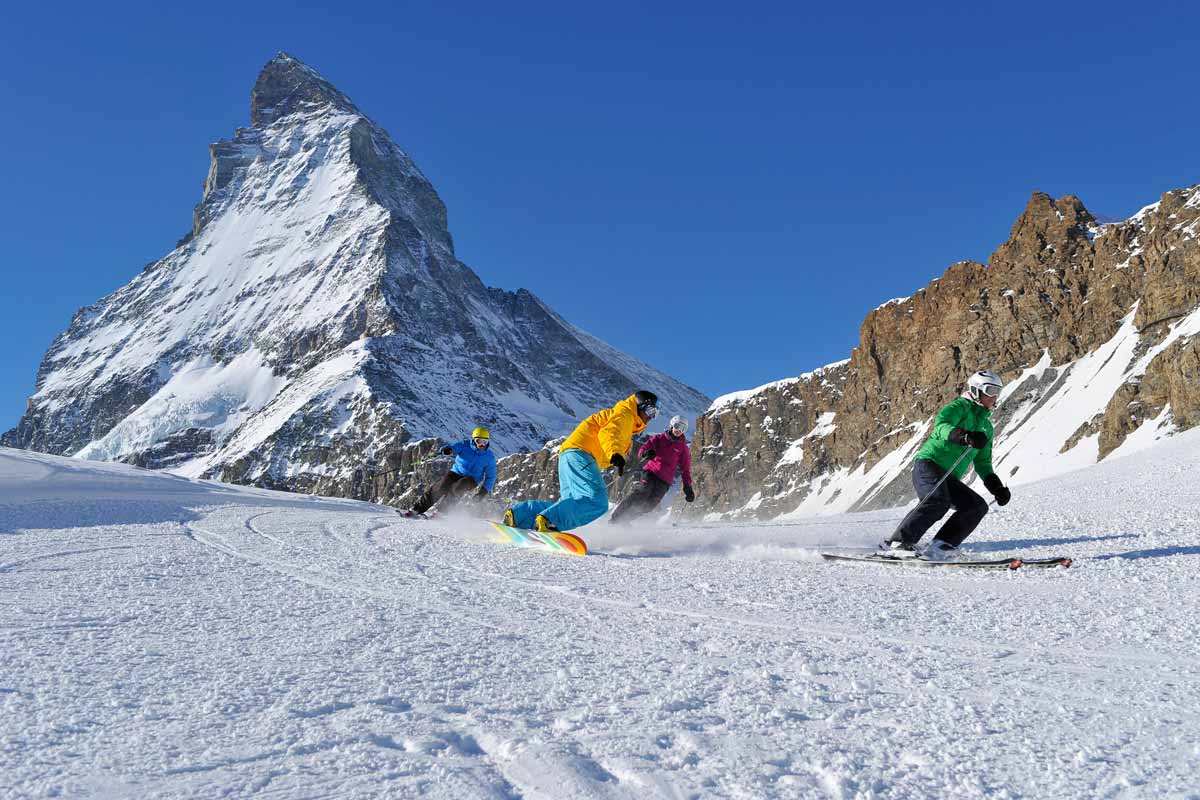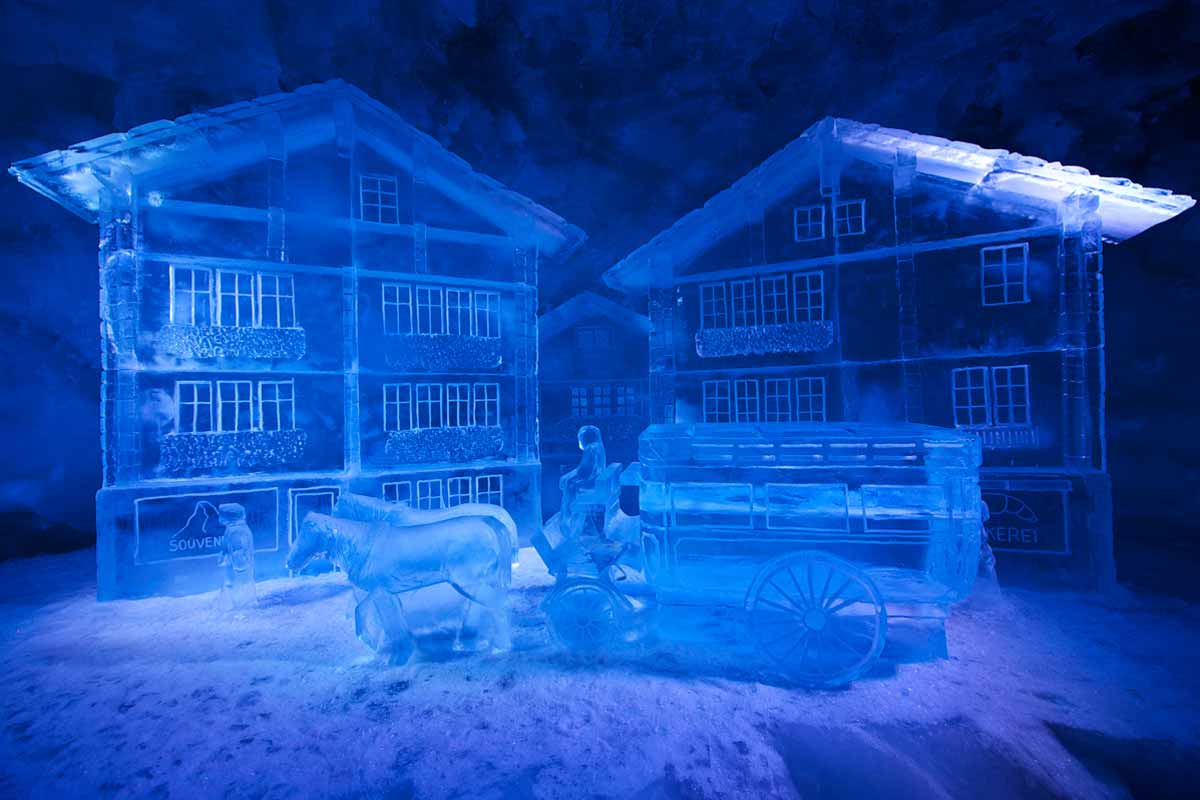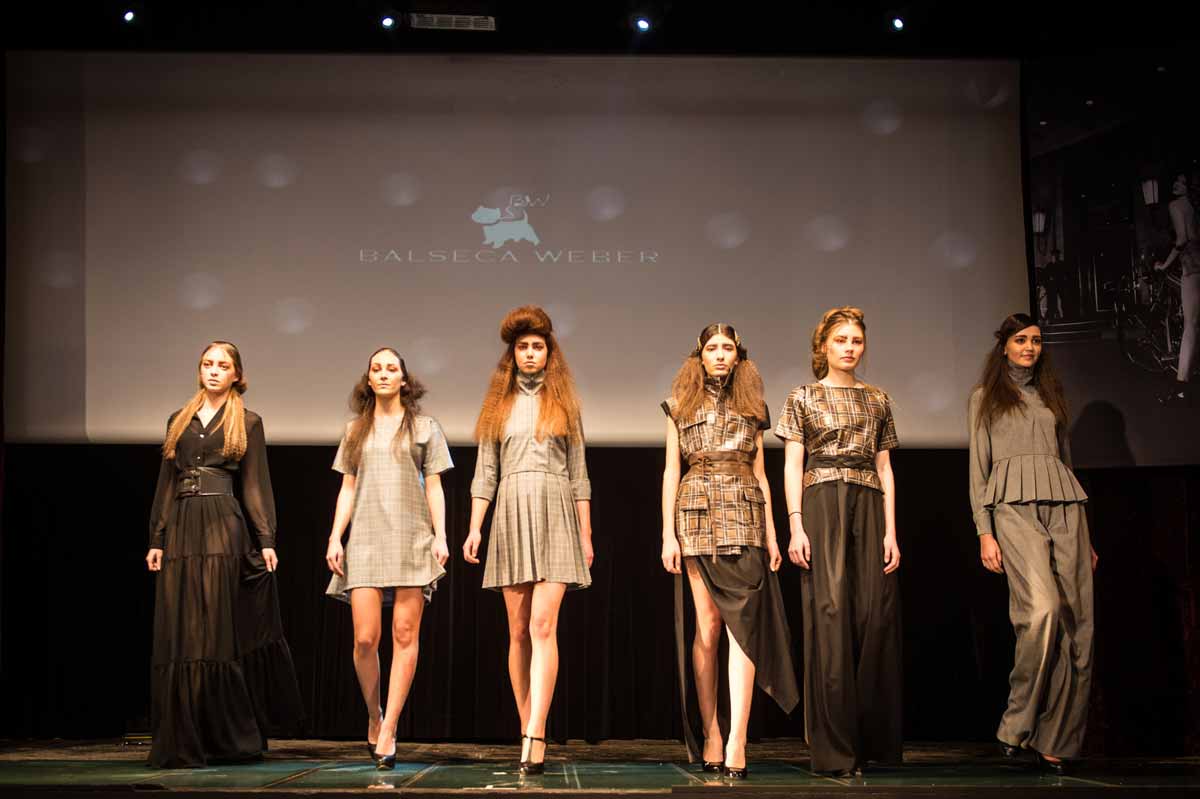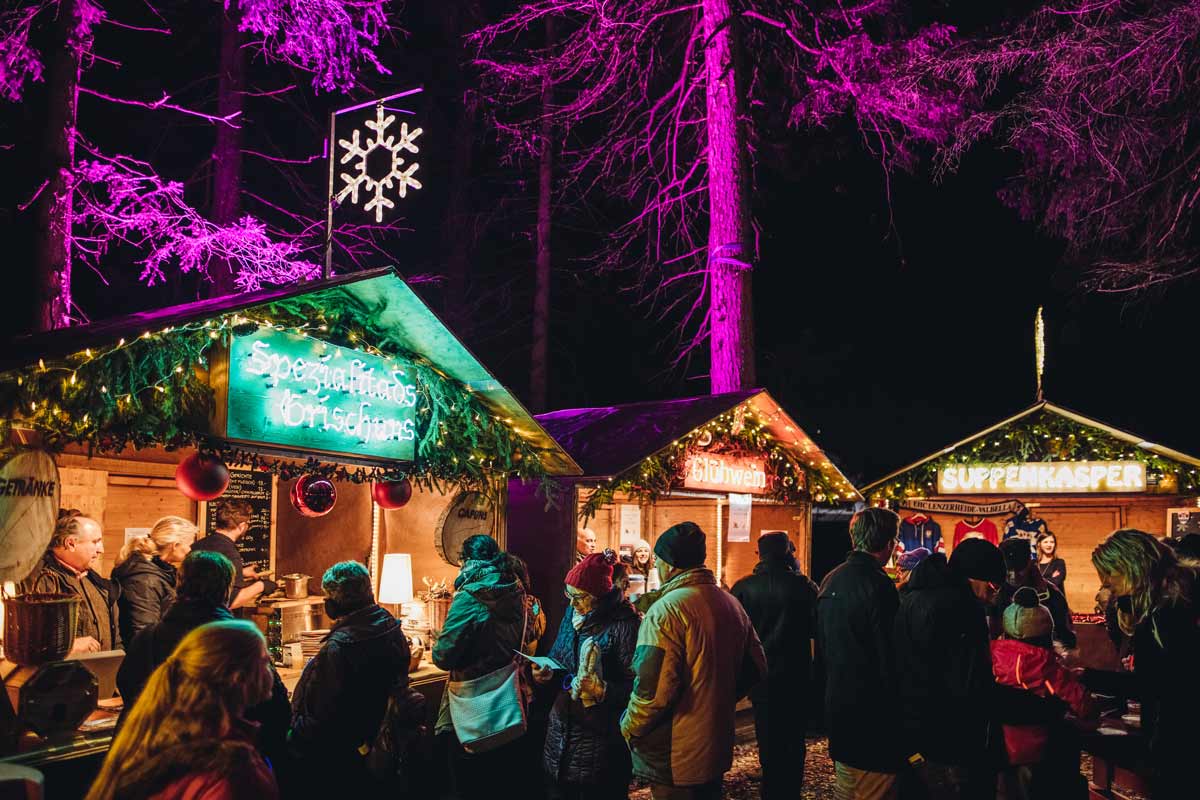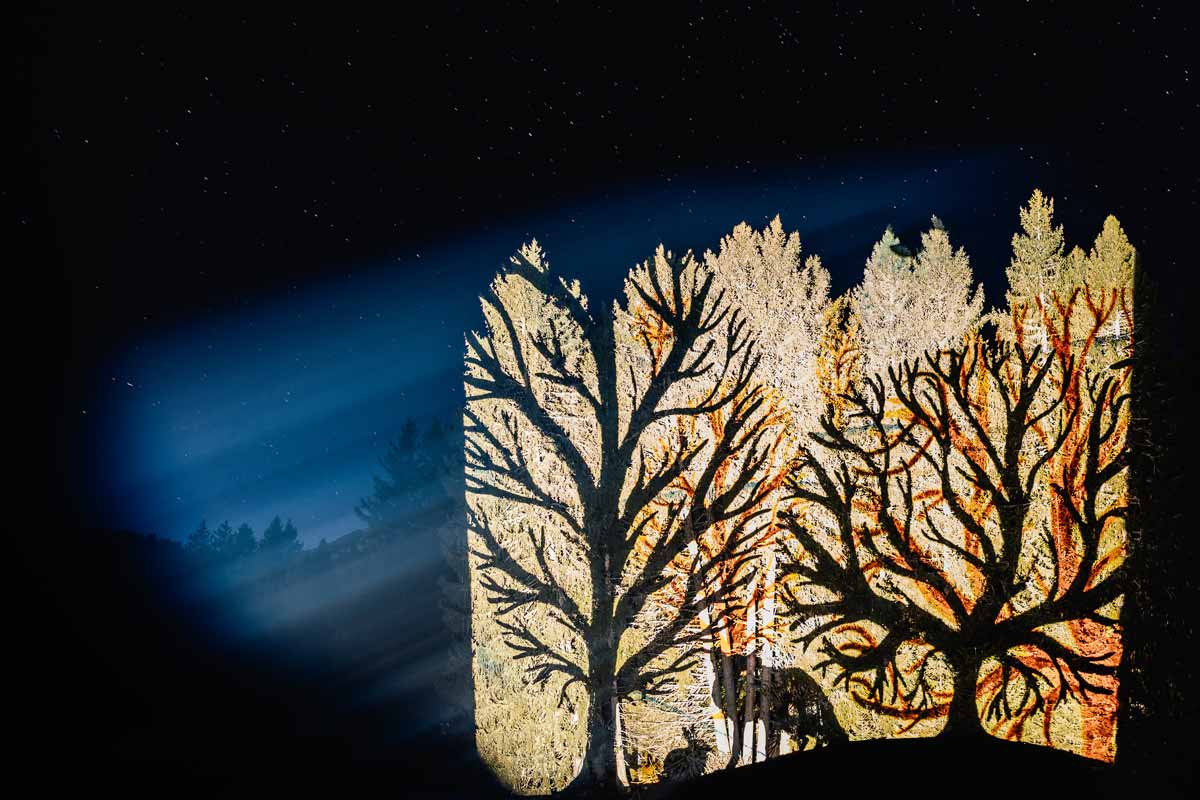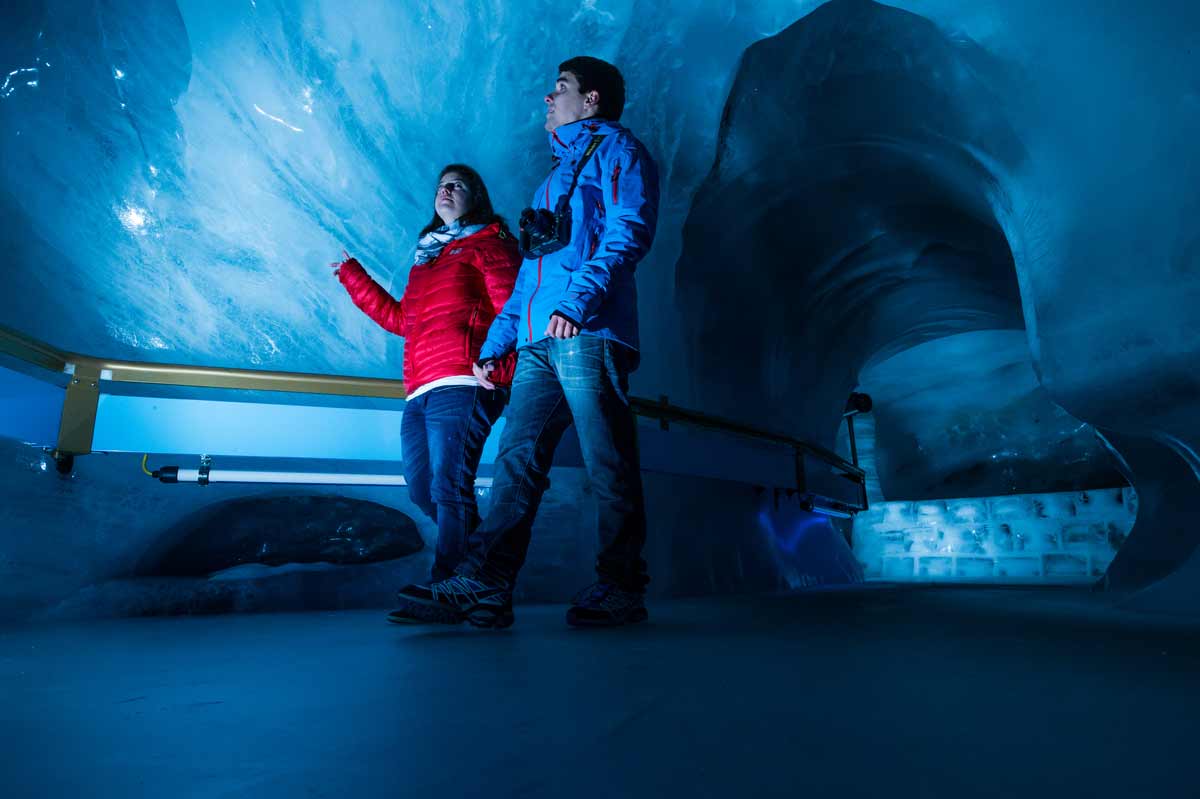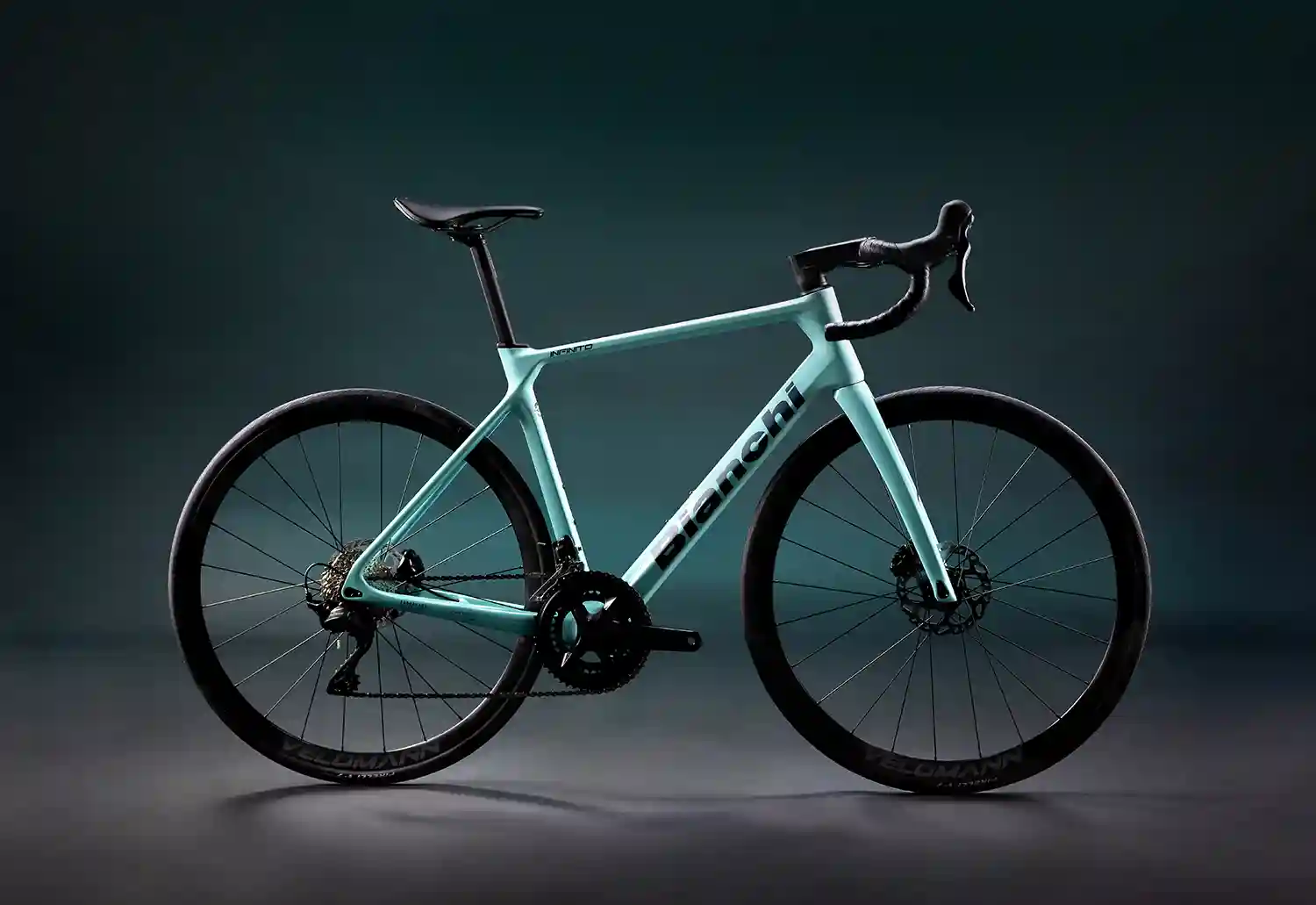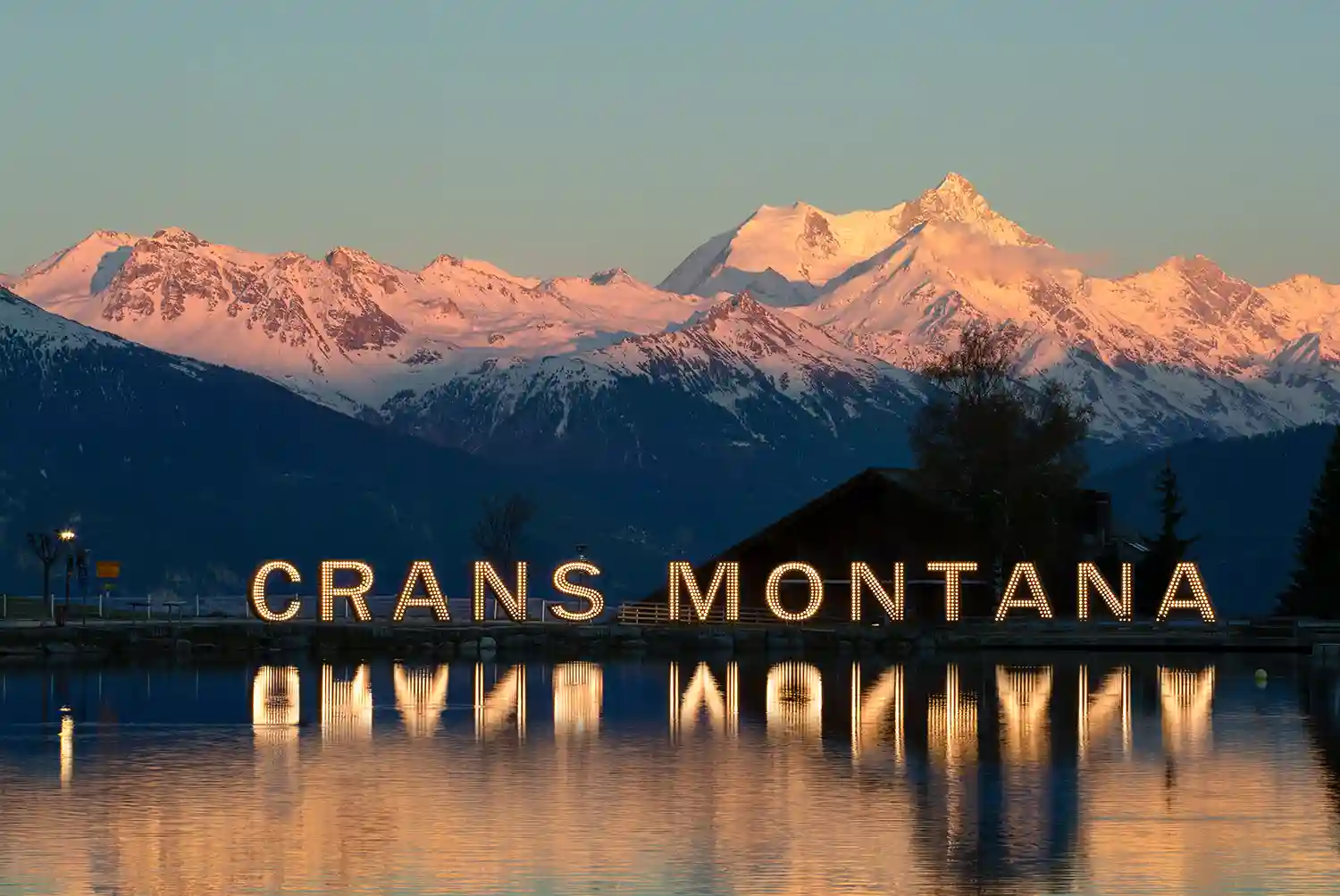Last season, ski regions in Europe had to deal with a lack of snow, whether in Davos, St. Moritz, Alta Badia or Innsbruck, to mention a few destinations. How does it look for the coming season? Where is snow guaranteed and how do those responsible for tourism in the regions respond to this problem of global warming?
by Bruno Fleckenstein
The constant climate change is an increasingly urgent problem, with which not only international politics is concerned - think of the UN Climate Conference in Paris in December 2015 and the signing of the Paris Climate Agreement by over 170 countries in New York in April this year - but also each and every one of us. We all need to adapt to the climatic changes and contribute something to the ecological balance. The reforestation of forests is just as important as the development of economical vehicles with low CO2 emissions.
Winter sports destinations have been struggling with the resulting problems for years. When it is too warm, snow does not fall, which leads to the popular winter romance and winter sports falling by the wayside, because without snow is not good sledding, skiing or white Christmas. The lack of snow discourages potential guests from visiting winter destinations, which in turn leads to the economic burden for these mountain regions.
Climate scenarios anno 2011 and 2014
The climate scenarios were developed by Swiss climate researchers under the leadership of ETH Zurich and Meteo Schweiz as part of the "Scenarios for Climate Change in Switzerland CH2011" initiative. The results, published in 2011, summarize the latest information on climate change in Switzerland. According to this study, the Swiss climate is expected to deviate significantly from current and past conditions over the course of the 21st century. Mean temperatures will most likely increase by several degrees in all seasons. In the moderate scenario A1B, a warming of 2.7-4.1° C must be expected in all regions considered by the end of the 21st century compared to the reference period 1980-2009. This study was followed three years later by the "CH2014-Impacts-Initiative", a new joint project of Swiss research institutions to quantify possible consequences of climate change in Switzerland with the currently available scientific means: The publishers of the study are the Federal Office for the Environment (FOEN), the Oeschger Center........................................................................................
Climate change has spawned an industry
Early on, people began to combat existing or impending snow shortages with technology. Artificial snowmaking was first practiced in the USA in the 1950s.
Snow cannons
Snow cannons were the first step towards solving snow shortages that occurred due to insufficient precipitation in winter. However, the weaknesses of this technology soon became apparent, as snow cannons are cost-intensive and normally only function at sub-zero temperatures.............................
Snow Farming
The "Snow-Farming" project was publicized in 2008 by the Swiss Federal Institute for Forest, Snow and Landscape Research (WSL). .........................................................................
Snowmaker & Snowfactory
Snowfarming is not possible in every region. Another solution is offered by the "Snowmaker" .............................................................
What do tourism regions do for visitors?
How are winter sports regions dealing with the problems of climate change? What do the responsible people do to keep their winter sports guests happy and to win them over when there is little snow and what measures have been introduced against a possible lack of snow? I contacted the managers of different regions to get some answers to these important questions. In the process, it also became apparent that individual regions were sensitive to the issue...............................................
How do the destinations prevent the lack of snow?
The reactions to my question about technical solutions for lack of snow were very different. Each destination has adopted very individually the innovations of technology, because these innovations mean further costs. Lenzerheide has acquired a Snowfactory system and can thus ensure that the cross-country ski trails (1.5-2 km) will be available in the biathlon arena from November 1, 2016. At the same time, this will enable the season to be extended. In Churwalden and Parpan, investments have also been made in new snowmaking systems. Davos, on the other hand, is relying on snow farming. "In cooperation with the Swiss Federal Institute for Snow and Avalanche Research, it was discovered that Davos is located at an ideal altitude for snowfarming. We have learned over the years and produce three times more than we did at the beginning, and in this way we are able to cross-country ski..................................
Are there any slopes that are absolutely guaranteed snow?................................
Summary of facts and reactions of the ski regions..............................
If you want to read and see the whole and all articles of this issue, order the issue Sportguide Winter 5/2016 with the following form or send us an email to [email protected].
[tfuse_contactform tf_cf_formid="16″]

